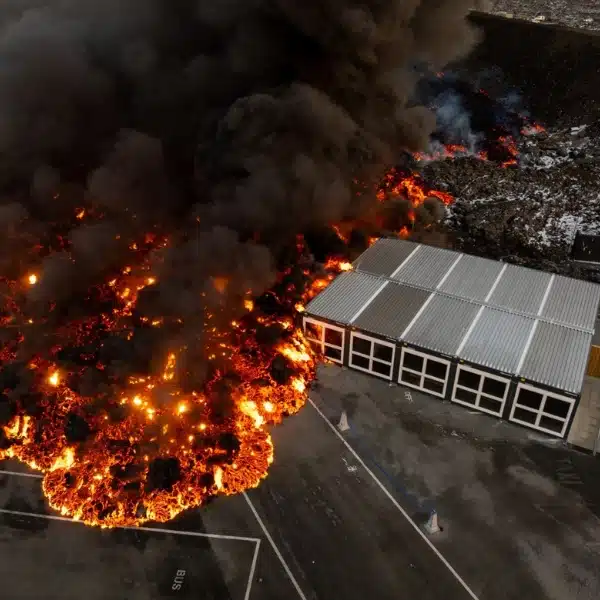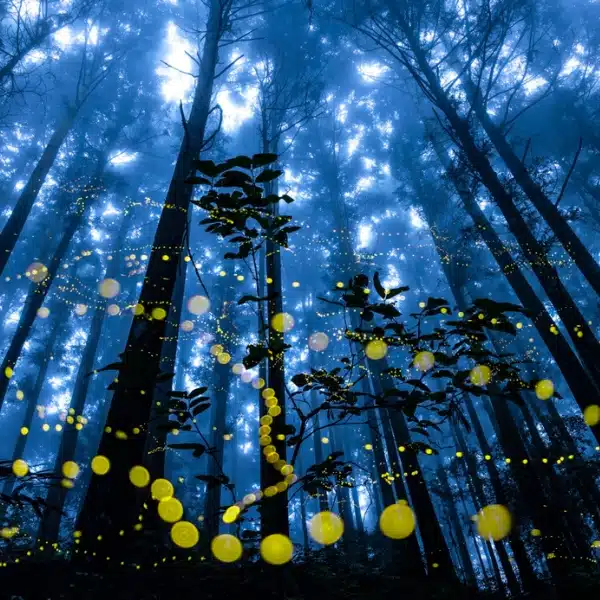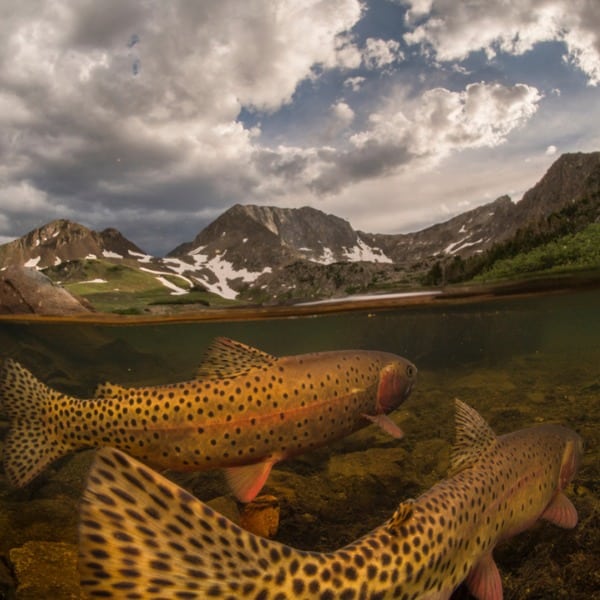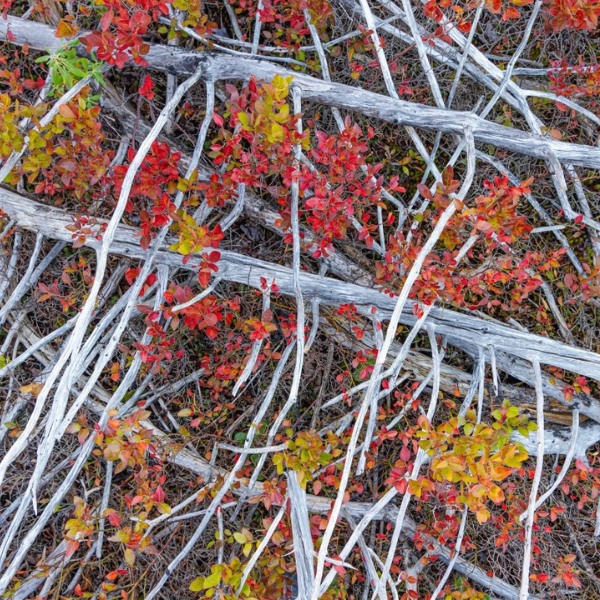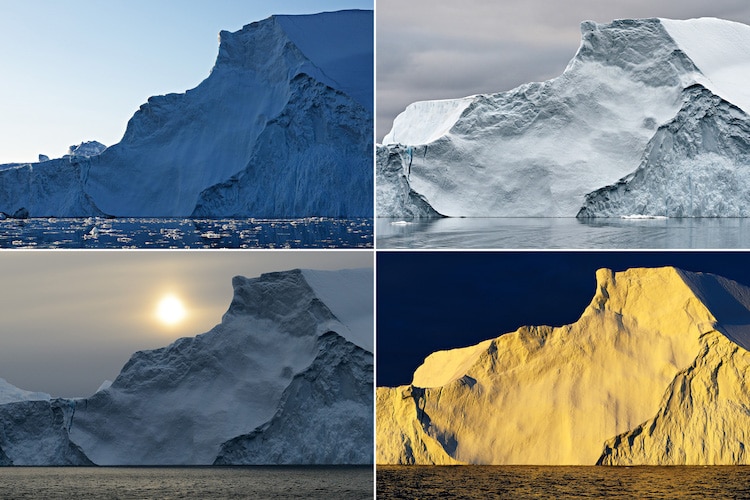
Understanding light is an important part of photography, but do you really know why? Though it's sometimes more associated with portraiture and studio work, light is a critical part of any type of photography—particularly when it comes to landscapes.
Professional photographer Stephan Fürnrohr, who is known for his aerial and nature photography, counts light as the number one most important element in landscape photography. Why? For him, there's nothing more essential in setting both the mood of the photograph, as well as the technical parameters needed to capture the image.
Light can take an image to new heights and inspire creative ideas. As photographers, learning to adapt to what's in front of you is critical and Fürnrohr proves this with a set of four photos of an iceberg. Taken over the course of several days, the photographs clearly show how different lighting can completely transform the outcome of the final image.
Interestingly, Fürnrohr didn't set out to photograph the same section of the iceberg multiple times. It was only once he was home that he realized he'd done so, as the lighting conditions were so different. You can read extensively about Fürnrohr's thoughts on lighting on his blog, but read on to get some of his professional tips about light in landscape photography.
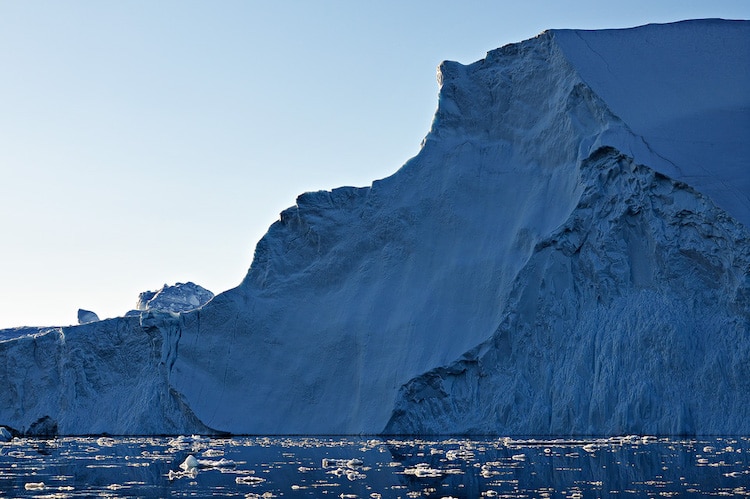
Afternoon backlighting with amber-colored ice fragments on the water surface.
What do you think is people's biggest misconception about how light can change a photograph?
People tend to distinguish between “good” and “bad” light, whereas “good” light means something like postcard-like colorful sunsets and “bad” light refers to the diffuse lighting produced by the overcast sky on dull and cloudy days. But there’s no such thing.
The quality of light should always be evaluated in connection with the intended image effect. For example, if you want to take a photo with soft pastel colors, you don't need what is often referred to as “hallelujah light.” In the case of a landscape photographer who has to get by with the light he finds in the field, this means either waiting or returning at a time when the light is more suited to his vision.
Alternatively, you can also remain flexible and adapt the choice of your motifs and the image composition to the actual lighting situation. In this case, there is rarely a reason to lament about the light.
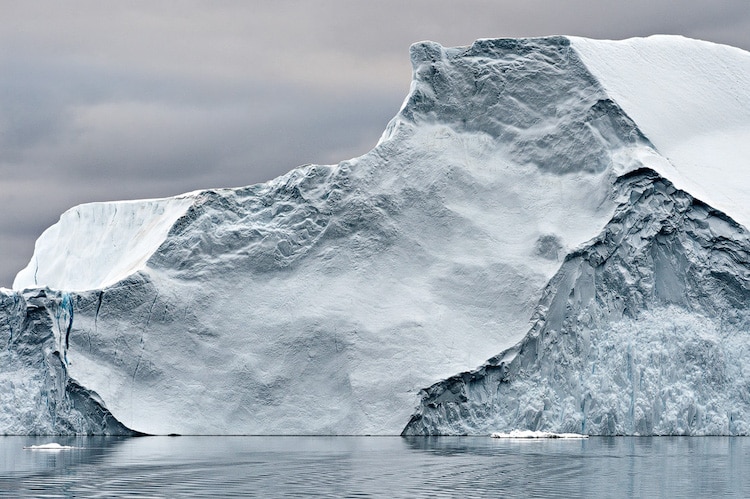
Typical mercury light of the Arctic when the sky is overcast
What is your top tip for new landscape photographers when it comes to mastering light?
Especially in extreme lighting situations such as strong backlighting, the automatic exposure systems quickly get unreliable. Therefore, you should try to get a camera where you can choose exposure time and aperture completely manually. Then you should think about how the settings can affect the appearance of the light in the image and verify it by taking experimental pictures.
Vary aperture, time, and perspective and observe all changes in the image impression to develop a sense for the basic technical and creative possibilities of mastering light. And, most important—never stop experimenting!
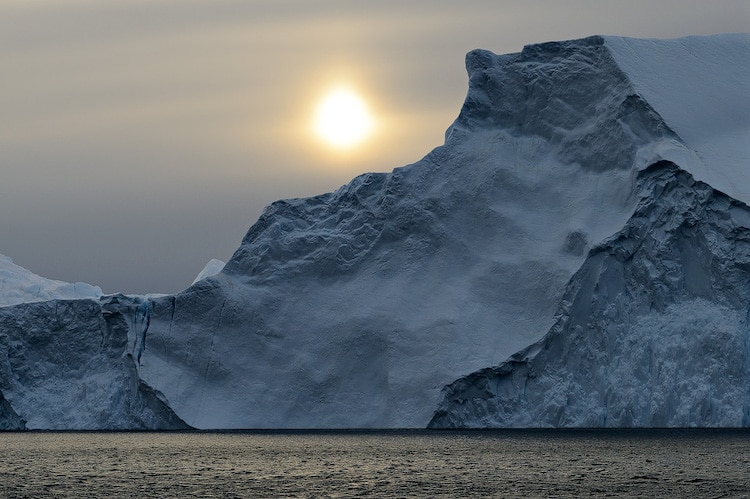
The night sun hides behind a cloud bank.
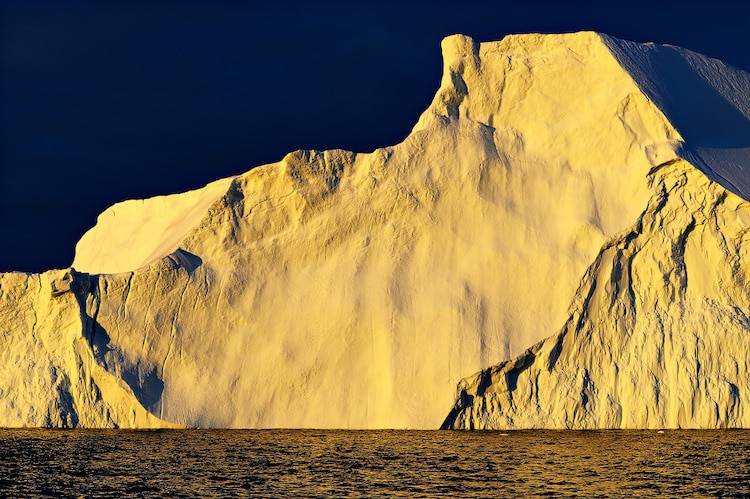
Unbelievable light of the midnight sun shining below a dense cloud cover, which makes the ice shine like gold when the sky is dark
Stephan Fürnrohr: Website | Facebook | Twitter
My Modern Met granted permission to use photos by Stephan Fürnrohr.
Related Articles:
How Good Is Your Color Vision? Pro Photographer Shares Tips on Importance of Color IQ
Tips From a Professional Photographer: How to Create the Perfect Composition
Free Photography Resources for Beginners and Pros to Hone Their Skills
Tips From a Professional Photographer: How to Capture the Perfect Sunrise











































































